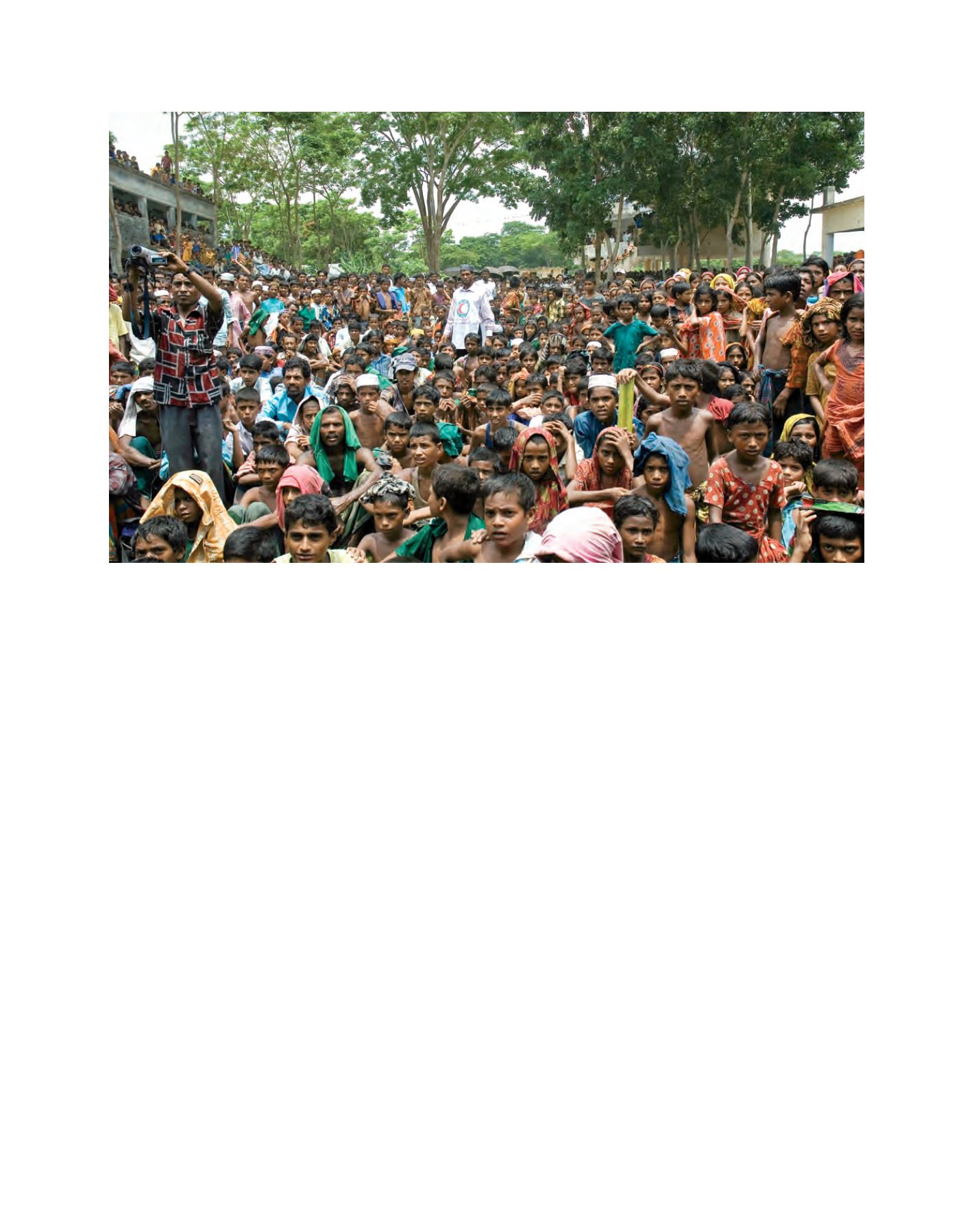

[
] 201
R
isk
G
overnance
and
M
anagement
mation products, or related management strategies as part of their
overall development toolkit. It is also clear that mainstream prac-
titioner communities in health, water, agriculture, finance, and
other key sectors have not yet begun to incorporate climate risk
management into their day-to-day programmes. In addition, many
climate service providers do not provide information on scales that
are relevant to policy and management decisions.
A recent study by the International Research Institute for Climate
and Society has characterized the current situation as one of market
atrophy – negligible demand coupled with inadequate supply of
climate services for development decisions.
5
In this system, the
climate information production community is neither invested in,
nor informed about, its client community. Meanwhile, user commu-
nities are poorly informed about climate, confused by the abundance
of disparate information available, and generally mistrustful of the
reliability and usefulness of existing information.
In this sense, the main obstacle to the widespread implementation
of climate risk management is the lack of engagement and commu-
nication between user communities. Climate researchers and service
communities develop knowledge and related information products
from a disciplinary research perspective – largely uninformed about
stakeholder needs. Meanwhile stakeholders in development, policy
and planning are not capable of assimilating relevant climate infor-
mation that is available. As a result, research is not being taken up.
Stakeholders increasingly worry about climate but remain largely at
a loss about what to do in practice.
The solution to this dilemma requires a focus at the nexus of these
communities. It also requires the cooperation of relevant commu-
nities on scales from global to local. The extent to which we can
meet this challenge will, in large measure, determine the benefit
that can be realized from major ongoing investments
in research, observations, assessments, international
policy and climate-sensitive development programmes
in years to come.
Pathways forward in climate risk management
and adaptation
Despite challenges, the current state of affairs offers
unprecedented potential to advance our capacity to
manage climate risks and opportunities. The global
dialogue has proceeded from a debate about the
reality of climate change to a call for action in both
mitigation and adaptation, and the world is now
preparing for negotiations on future national and
international commitments and action. The linkages
between climate risk management, adaptation, disas-
ter risk management, and sustainable development
have been identified and are increasingly being recog-
nized and embraced. The desire for significant action
seems overwhelming.
Undoubtedly, a key aspect of action addressing
‘common but differentiated responsibilities’ – but also
an opportunity for leadership for developed countries
– is to offer substantial commitments in the area of
knowledge, information and technology transfer to
assist developing countries to more effectively manage
climate risks – from the next season up to a couple of
decades ahead.
While many new initiatives are likely to be pursued
along these lines, the greatest opportunity lies in the
Bangladeshi villagers watch a disaster awareness and preparedness programme
Image: Shehab Uddin/Drik/British Red Cross
















